Going to the shooting range can be a blast, but in mere seconds fun can be derailed by injury.
Honestly, most people carry at least a couple of band-aids in their range bag, but relatively few of us are prepared to deal with an actual emergency.
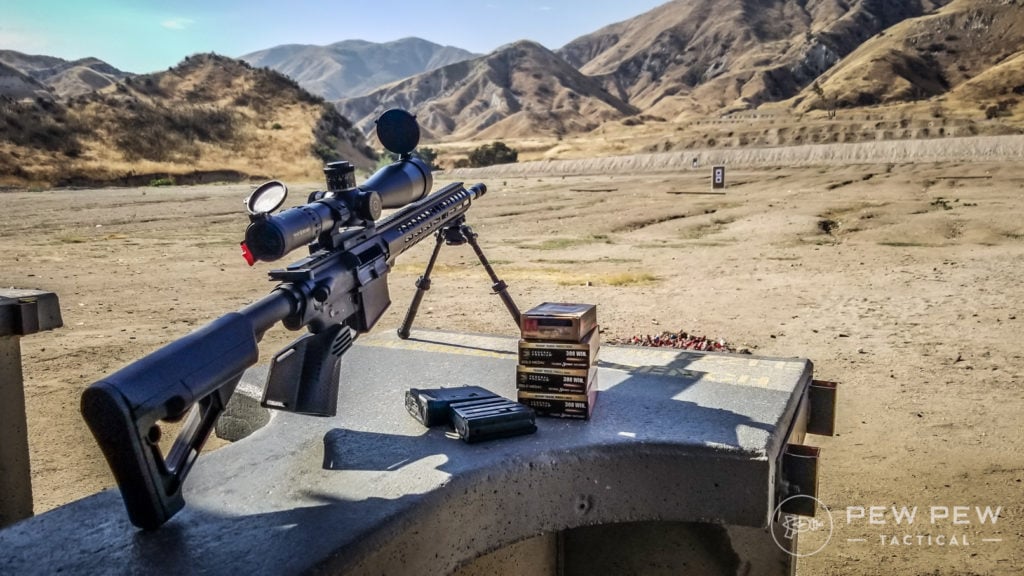
While most range injuries are minor, more serious injuries — like gunshot and shrapnel wounds — aren’t unheard of at the range.
So, to find out more about first aid for gun-related injuries, I consulted with an expert on injuries in the field…a United States Navy Hospital Corpsman.
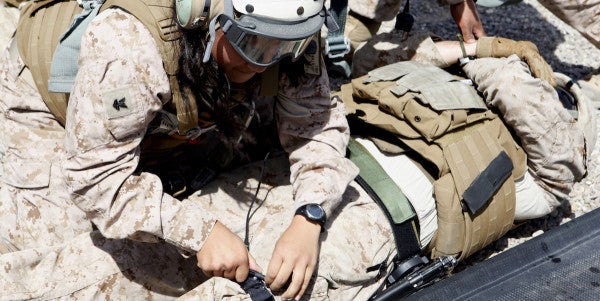
We talked about first aid and how it can be applied for a variety of injuries — ranging from minor to emergencies.
So, to kick off we’ll start with the least serious and most common injuries like slide bite, then move on to the more extreme possible scenarios like a gunshot wound.
By the end, you’ll have a good understanding of how to handle range injuries.
If you’re really interested in taking your first aid to the next level, check out our recommendations for the Best First Aid Classes: Beginner & Intermediate.
Table of Contents
Loading…
Note: Pew Pew Tactical is not a substitute for a medical professional nor can we speak to every situation. Always consult a physician prior to treatment and for emergency situations dial 911 or go straight to the hospital.
Sunburn
If you shoot at an indoor range, sunburn is a non-issue, but it happens easily at outdoor ranges.

If it happens, try an over the counter pain reliever like Ibuprofen (Advil and Motrin), Acetaminophen (Tylenol), Aspirin, or Naproxen Sodium (Aleve) to help dull the pain.
I personally prefer Aleve since it lasts all day, which is way more convenient than popping more pills every four to six hours.
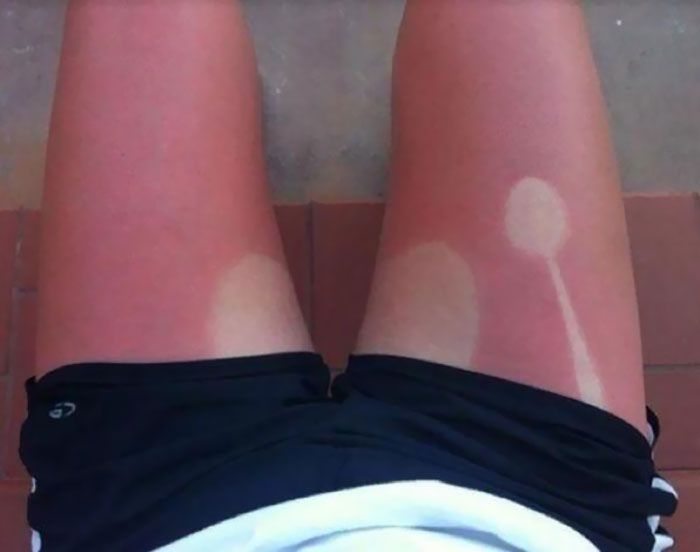
Cooling the skin with a clean towel dampened in cool water can also help relieve pain.
Follow it up with a gentle, moisturizing gel or lotion. Aloe vera gels and calamine lotion are the go-to’s for most people and for good reason: they work.
Personally, I love Sun Burnt Advanced Sun Recovery After-Sun Gel.
-
25% off all OAKLEY products - OAKLEY25
Copied! Visit Merchant
I got a killer sunburn a few months back while on my honeymoon and grabbed it on a whim. It has aloe, plus other soothing and hydrating ingredients like calendula, echinacea, and cantharis.
This stuff helped to soothe and moisturize my skin without leaving it greasy or overly sticky.

Avoid topical medications ending in “-caine,” like benzocaine or lidocaine.
They can be irritants, but overuse has also been linked to methemoglobinemia, a condition that prevents the blood from carrying sufficient oxygen.
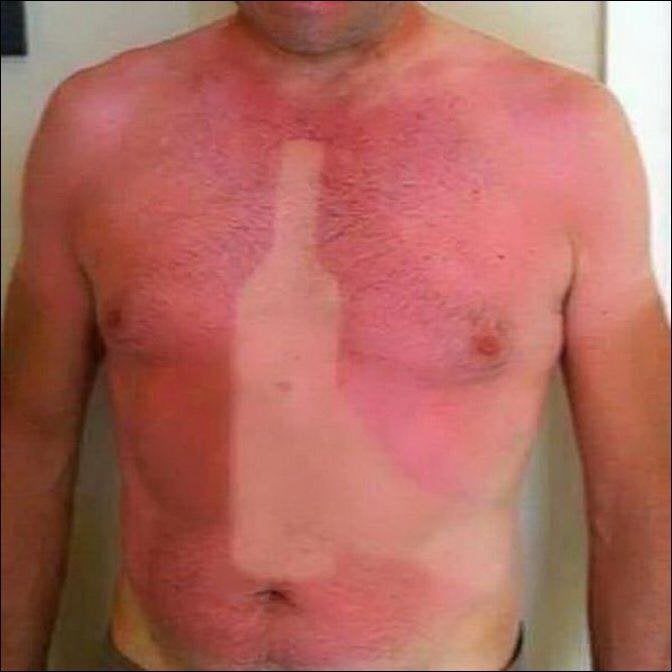
Hydrocortisone or a topical painkiller is a better choice, though the former is best reserved for severe burns.
Just don’t forget to make sure that your topical medication doesn’t interact with any oral medication you’ve taken.
Drink extra water as well, since sunburns dry you out on the inside, too.
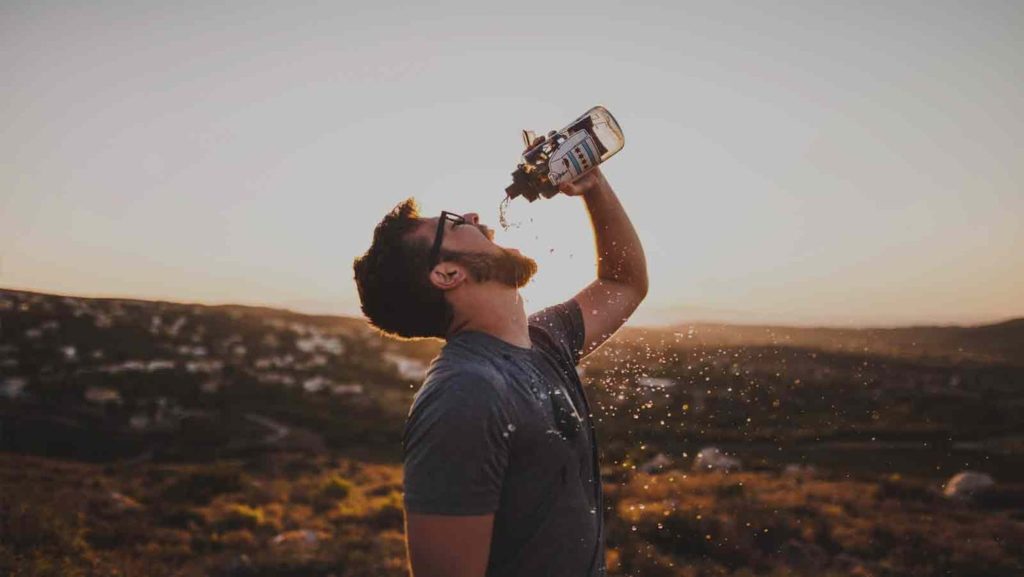
Finally, protect your burn from further sun damage by wearing a broad-spectrum sunscreen of at least 30 SPF. Broad-spectrum sunscreens protect you against both UVA and UVB rays.
Water-resistant lotions are also a must! Though you might not be swimming, you will be sweating.
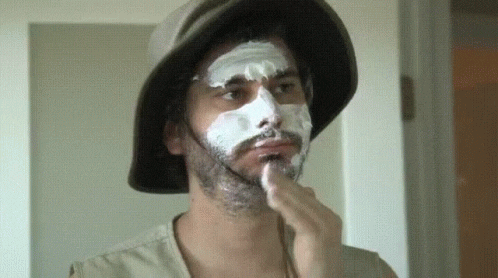
Reapply sunscreen every two hours as long as you’re in the sun. This goes for EVERY sunscreen, no matter the SPF rating. Your skin will thank you.
I like Neutrogena Ultra Sheer Dry-Touch Sunscreen, a water-resistant and non-greasy sunscreen.
-
25% off all OAKLEY products - OAKLEY25
Copied! Visit Merchant
UVA/UVB filtering clothes and sunglasses along with a hat also go a long way in protecting you from sun damage.
Columbia and Orvis some good options for both men and women that are both protective and breathable.
In short, it’s easier to prevent a sunburn than treat it. So be proactive!
Slide Bite & Other Minor Wounds
You know in movies or on TV when a character notices something’s wrong but they won’t be able to respond fast enough to stop it? Time seems to slow down and you watch in horror as events unfold…
Yeah, that what it’s like when you spot someone about to experience slide bite.
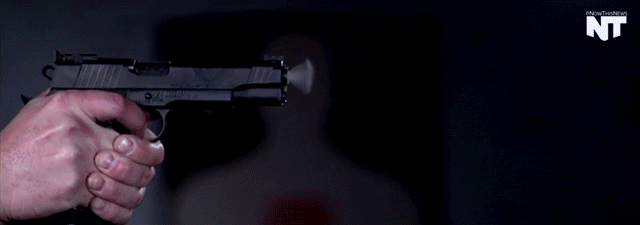
If you’re fortunate enough to not know what slide bite is (lucky) let me drop some knowledge.
Slide bite occurs when a semi-automatic handgun is held in a way where the shooter’s hand is positioned behind the slide.
Shooter takes the shot, slide moves back and…scraps the portion of the between the thumb and forefinger. Swearing usually follows.
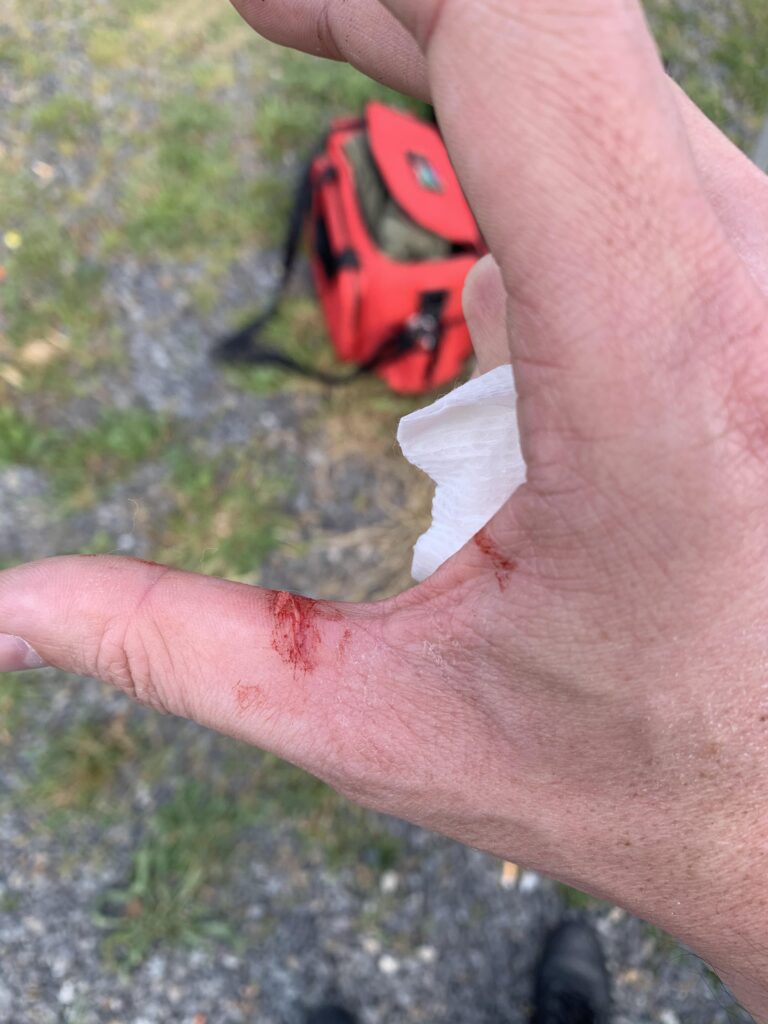
Slide bite is a relatively common shooting injury, but it’s straightforward in terms of care. Bonus: you can also use this same method for other minor cuts and scrapes.
First, apply gentle pressure to the wound with a clean bandage or cloth to stop bleeding. Once bleeding has stopped, remove bandages/clothes and rinse the wound with clean water.
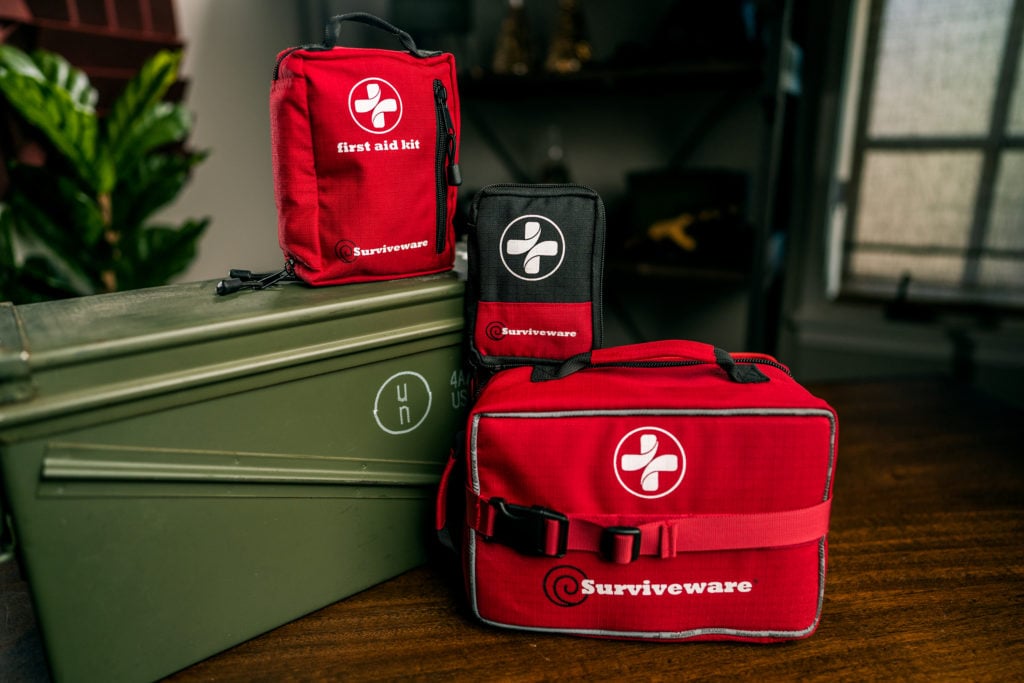
You can clean the area around the wound with soap, but avoid getting soap on the wound itself because it can be irritating.
You often see iodine or hydrogen peroxide recommended for cleaning wounds, but skip these since they can damage tissue, slow healing, and increase the chance of scarring.
Next, apply an antibiotic ointment like Neosporin to the wound to protect it and prevent infection. Finally, cover it with a sterile bandage.
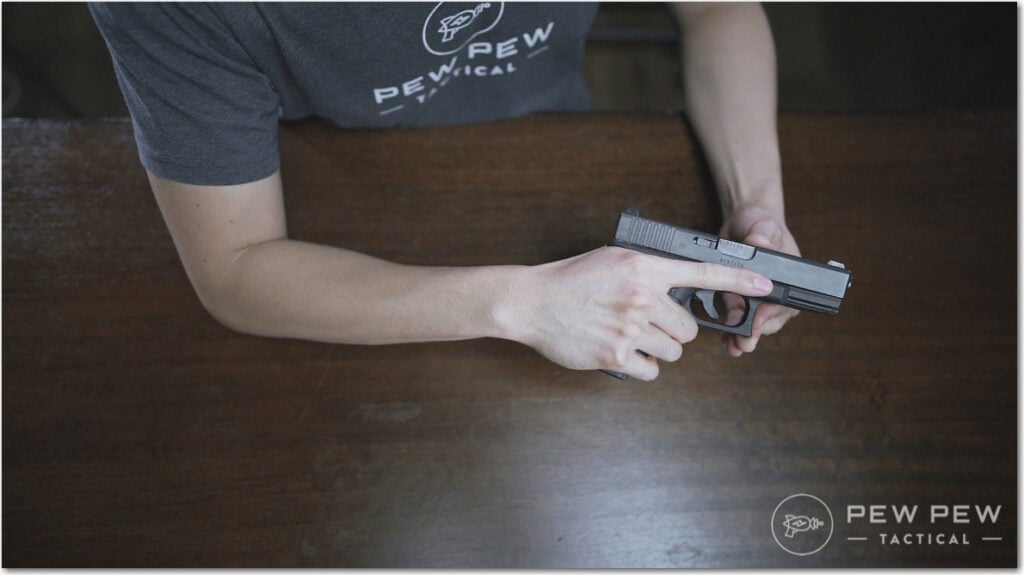
Slide bite isn’t typically bad enough to require medical intervention, but it never hurts to talk about when to seek out medical help.
You should see a doctor if:
- The wound is deeper than a quarter of an inch, especially if it’s on the hand.
- You can see fat, muscle, bone, or other structures past your skin.
- The wound has ragged edges or the edges of the wound open when you move.
- The object that caused the wound was dirty or rusty, or there’s another cause for a greater risk of infection.
- Bleeding continues after pressure has been applied for more than 15 minutes.
Once again, if there’s any doubt, call or see your doctor.
Powder and Brass Burns
Firearms work because of combustion, so it makes sense that burns are common.
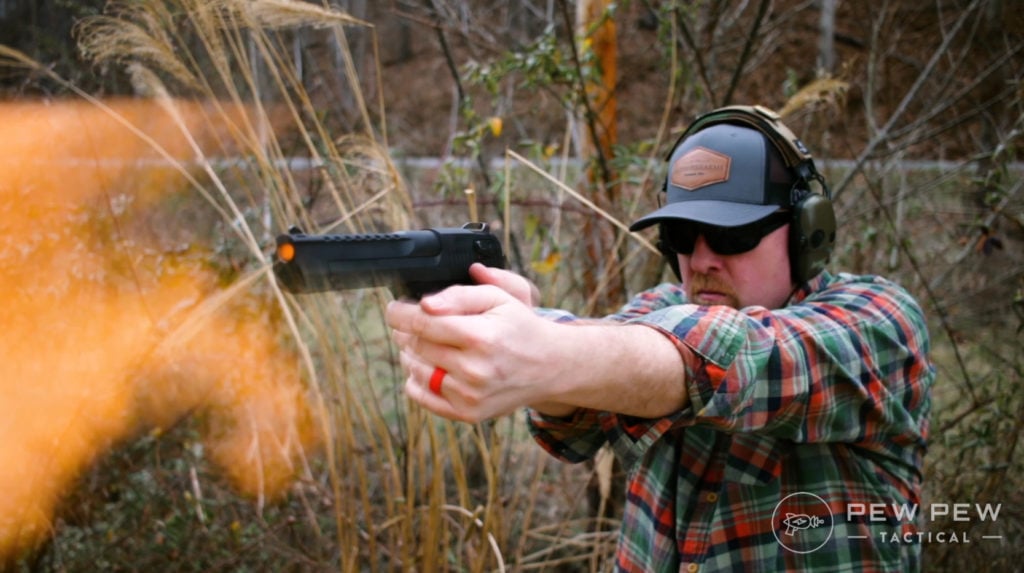
Usually, it’s brass related — when a hot brass case leaves the gun and hits your skin as you fire. But sometimes powder burns happen too.
Powder burns occur when some part of the body, usually a hand, is too close to the gun’s muzzle.
When the gun fires, the shooter ends up burned by the hot gases expelled from it.
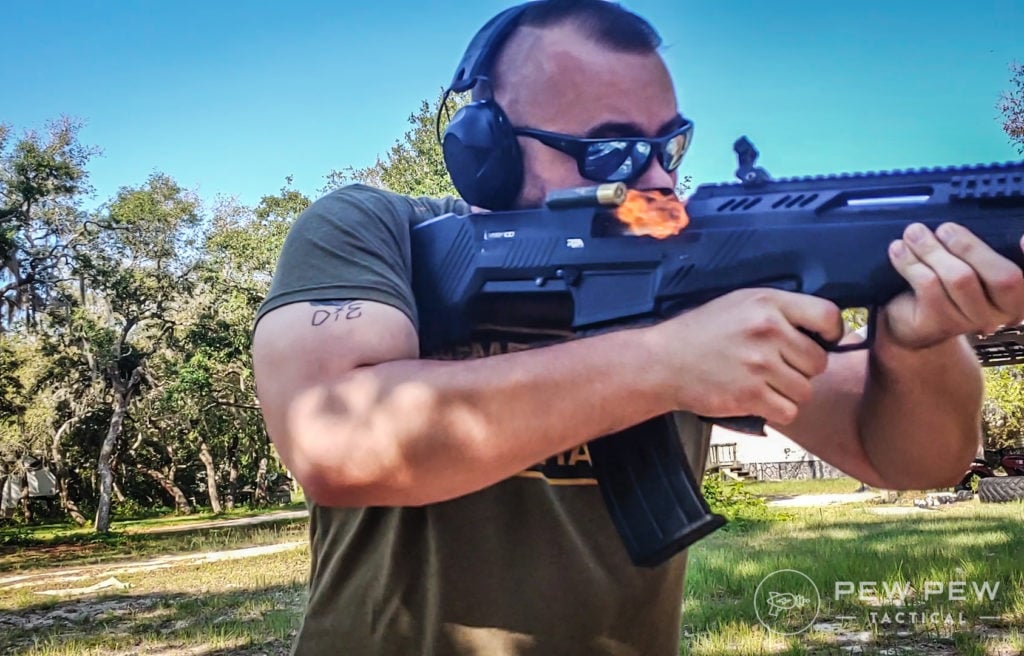
It’s also not unheard of for people to burn themselves on a hot barrel or handguard. (We’re looking at your silencer fanatics.)
Fortunately, all of these burns are usually mild and treated similarly.
First, cool the burn with a cool compress, a burn treatment (like Water-Jel dressings), or by holding it under cool running water.
Avoid ice or cold water, which can just cause even more damage.
Burns tend to swell. So, gently remove rings or other items that could get stuck if swelling occurs.
-
25% off all OAKLEY products - OAKLEY25
Copied! Visit Merchant
Once the burn cools, moisturize it with the same gentle, moisturizing gel or lotion that you would use for a sunburn.
You’ll probably see blisters begin to form. Don’t break blisters intentionally. That’s your body’s way of protecting against infection.
If one does break, treat it with the same steps detailed above for cuts and scrapes.
You can cover blisters with a sterile gauze bandage to protect the area and prevent blisters from breaking. Avoid dressings that are fluffy or sticky, such as with adhesive, because these can stick to and damage the burnt skin.
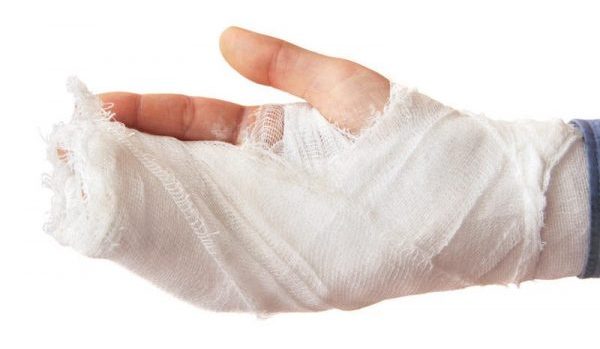
Either wrap over the gauze to hold it in place, tape the gauze beyond the edges of the burn or make sure the adhesive part of the bandage is well beyond the edge of the burn.
If there aren’t blisters, the burn probably doesn’t need to be covered. Just apply a moisturizer and sunscreen to help hydrate and protect the wound while it heals.
If the burn is painful, take an over the counter pain medication.
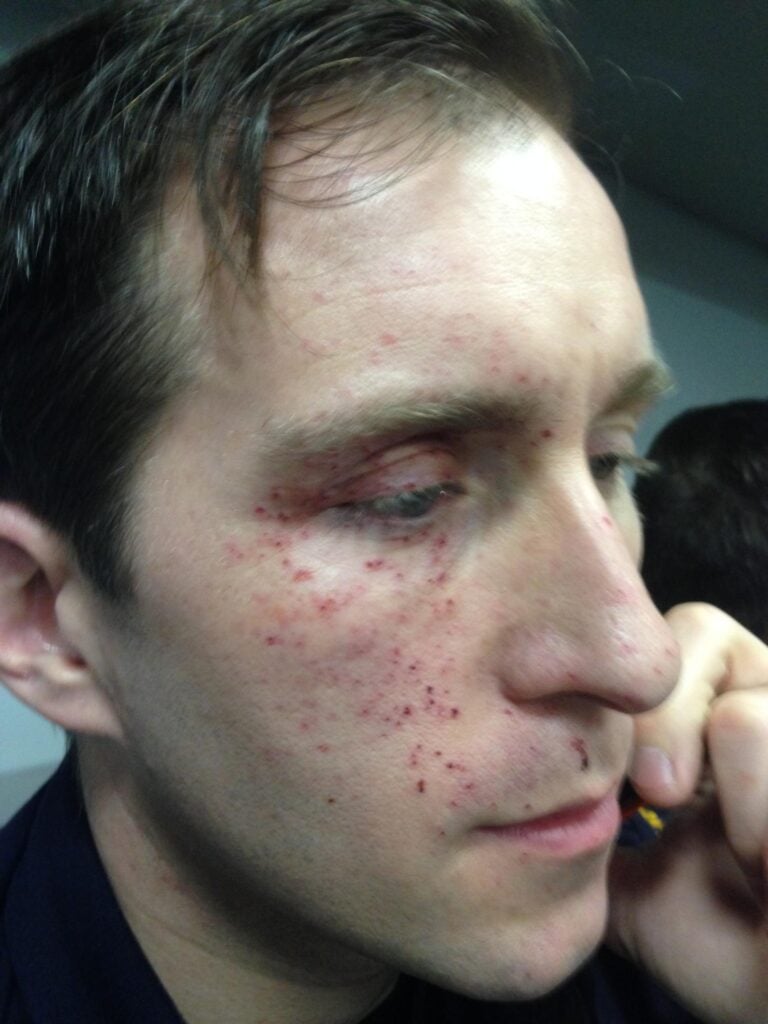
Most burns that occur at the shooting range are mild, but see a doctor if:
- The burn goes beyond the top layer of skin.
- Symptoms of infection or other complications, like redness, swelling, increasing pain, fever, or oozing, appear.
- You haven’t received a tetanus shot in the last 10 years.
- There’s a blister larger than 2-inches.
- Pain and redness continue for longer than a few hours.
- The burn is on the face.
- The hands or feet have been burned in such a way to make normal activities difficult or impossible.
More Serious Injuries
Next, we’re going to talk about handling a couple of severe shooting range injuries — shrapnel wounds and gunshot wounds.
But first, let’s give you a primer on handling emergency first aid situations in general.
The very first thing to do is call 911.
If you have first aid training, assign the task of calling 911 to someone else so you can render help (unless you’re alone with the injured person).
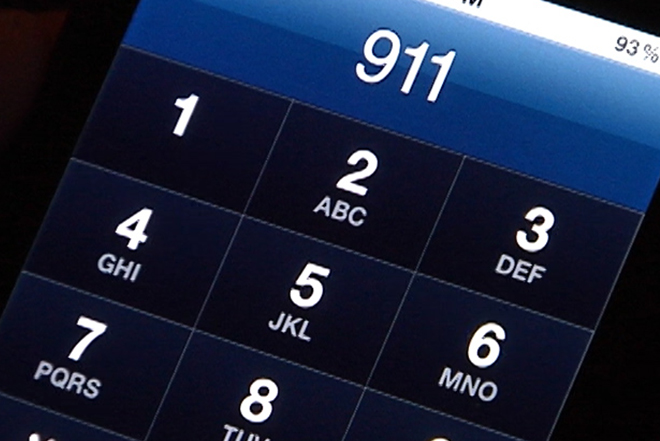
Don’t assume someone else will do it. Often, people freeze in emergency situations so point to someone and say, “You, call 911!”
Make sure the person you assign the task is calm and can provide information clearly to the 911 dispatcher.
Before you approach the injured person, check that the scene is safe. Getting hurt doesn’t help.
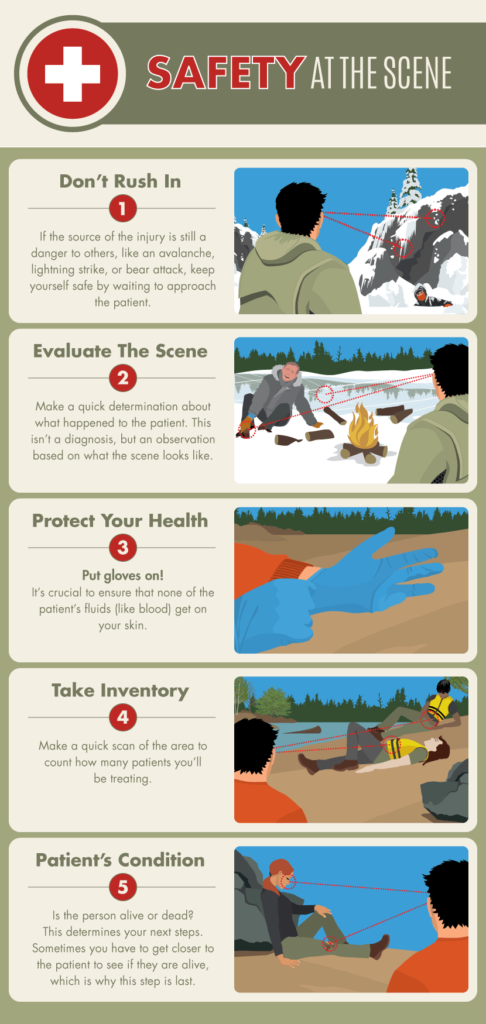
If it is safe, go ahead and approach the injured person. At this point, your job is mostly to try to keep the injured person still and calm, provide them with comfort, and follow any instructions that the 911 operator gives until EMTs arrive.
While applying aid, try to move smoothly and with purpose to avoid jostling or panicking the injured person.
Even if you’re freaking out on the inside, try to appear calm on the outside.

If possible, ask what medications they’re taking, what medical conditions they have, and if they’re allergic to anything.
This is helpful information that you can pass on to the EMTs if the person loses consciousness. Not to mention, it helps keep them alert and distracted from their injury.
Try to remember the acronym S.A.M.P.L.E.:
- Signs or symptoms (what hurts, what happened, what they’re feeling)
- Allergies
- Medications
- Past illnesses/conditions to be aware of
- Last time they ate and drank
- Events leading up to the issue
Remember, not every range emergency will be as obvious as a gunshot wound — plenty of people go shooting on a hot day, forget to drink enough water, and end up with a heat-related illness.
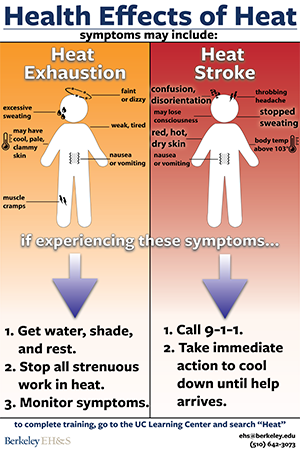
However, there are a few other things that you should know and keep in mind for specific injuries.
Shrapnel Injuries
Shrapnel wounds can occur if a round or firearm is faulty, causing it to malfunction and explode.
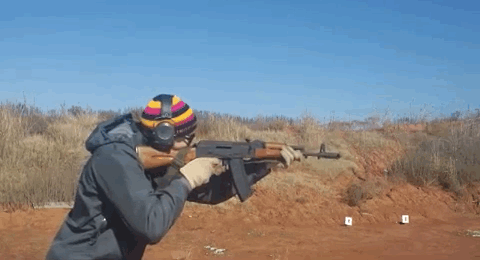
You also might be injured by shrapnel and flying debris when standing too close to targets, using junk for targets, or improperly angling steel plate targets so they send spalling away from you.
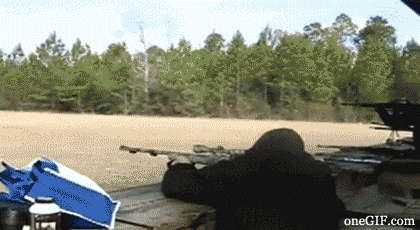
The main thing? DO NOT remove the shrapnel.
For one, it can be hot enough to burn you.
Two, shrapnel helps keep wounds sealed, preventing more blood loss than necessary while you wait for emergency medical personnel.
You’ll also want to avoid applying direct pressure to the wound, which can force the shrapnel deeper into the body.
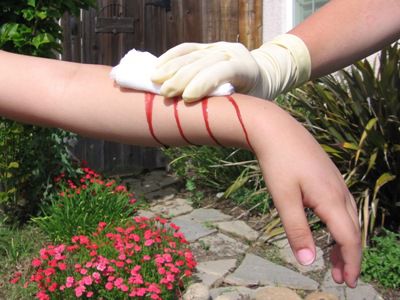
At most, you’ll want to irrigate the site by pouring (or preferably, gently spraying, such as out of a squeeze bottle) water onto it.
Most importantly, call 911 and follow the dispatcher’s directions while you wait on EMS.
Gunshot Wound
There’s a myth that with gunshot wounds you need to know which wound is the entry and which is the exit and treat them differently.
But you’re unlikely to be able to tell the difference unless you actually saw the injury occur. Ultimately, it doesn’t matter.
It’s more important to determine if there are one or two holes so you can treat all wounds.

This isn’t the place to go digging for a bullet. You’re more likely to do damage trying to find and remove it.
Your first step is to call 911. Get EMS on the way.
While you wait for help, check that the patient is breathing.
If not, begin CPR immediately. (Not CPR trained? Scroll down for a crash course.)
Apply Pressure
If the person is breathing, focus on controlling bleeding. Apply firm, direct pressure to the wound(s) to slow the bleed.
Use whatever dressing is available — whether that’s gauze or a bunched up towel or tee shirt.
Don’t be afraid to really lean into it and press hard if bleeding is severe.
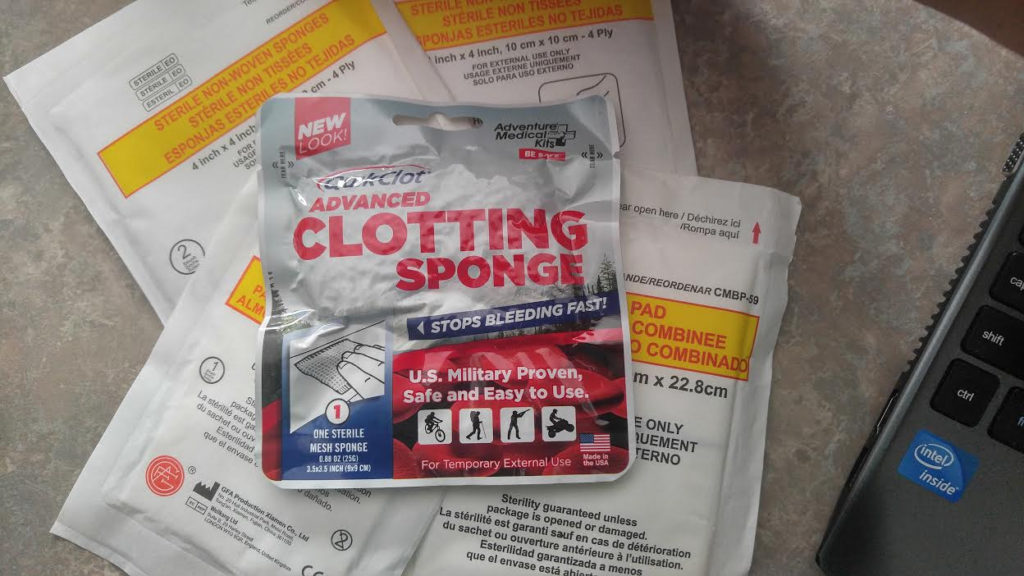
Strong pressure is the key to controlling blood loss. You’re buying time until EMTs can get there and take over.
Do NOT remove dressings or cloth to check on bleeding. If blood soaks through the dressing, simply add more to the pile. Do not switch dressings out. Just keep adding.
If the bleeding subsides, continue to hold pressure until EMTs arrive.
On the other hand, if blood is soaking through your dressings at a fast pace, you may need to adjust the location of the pressure to prevent significant blood loss using a tourniquet.
Tourniquets
First rule of thumb, never apply a tourniquet unless you’ve been appropriately trained in its use.
If you have been trained, go ahead and tap into that knowledge.
Prices accurate at time of writing
Prices accurate at time of writing
-
25% off all OAKLEY products - OAKLEY25
Copied! Visit Merchant
Be sure to note the time it was applied (in permanent marker on the TQ or patient is best). EMTs and hospital personnel will need this information.
We all carry at least one CAT or SOFFT-W tourniquet in our range bags, because you never know when you’ll need one.
Check out our article on the Best Tourniquets and Holders if you need help choosing one!
-
25% off all OAKLEY products - OAKLEY25
Copied! Visit Merchant
For both bullet and shrapnel wounds on the arms and legs, you need to elevate above the heart — assuming there’s no spinal injury.
Do NOT elevate legs if the wound is on the abdomen or chest, as this increases bleeding and can make it harder to breathe.
If possible, chest wounds should be sealed with plastic and tape to keep air out and prevent a collapsed lung. But if the injured person experiences more difficulty breathing the seal should be removed.
-
25% off all OAKLEY products - OAKLEY25
Copied! Visit Merchant
Pro Tip: a credit card or driver’s license makes an excellent seal.
Remember to leave a vented side so air can escape the chest cavity. Hyfin chest seals are easy to keep on hand and make it easier to treat an emergency chest wound.
They even come in twin packs so you can handle an exit wound, too.
Most importantly, again, call 911 and follow their directions.
CPR
It may be necessary to perform CPR, or Cardio Pulmonary Resuscitations, on a person who is not breathing.
If you’re not trained in CPR, don’t worry about rescue breaths, just provide continual chest compressions at about 100 to 120 beats-per-minute to the center of the person’s chest.
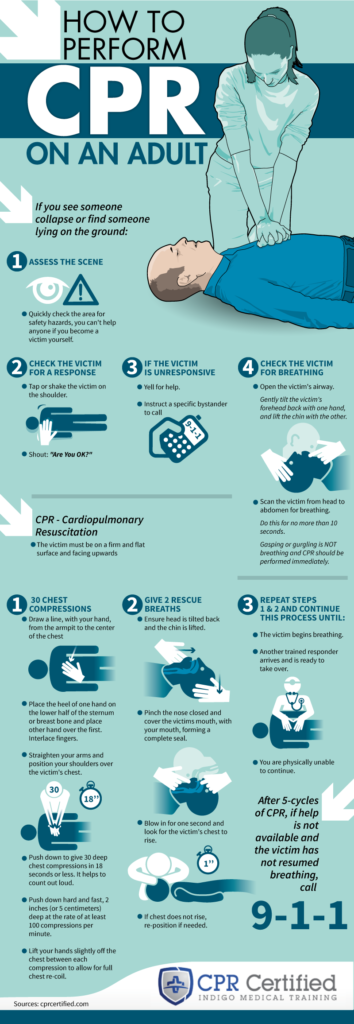
To help yourself keep your chest compressions steady and going the right speed, you can sing the Bee Gees’ “Staying Alive” to yourself.
No, that’s not a joke.
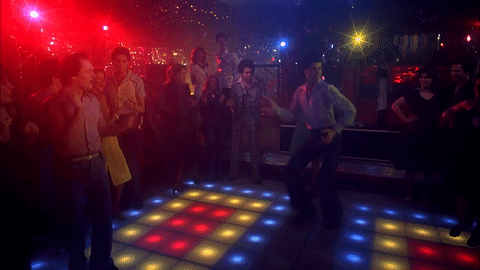
The song has 103 beats-per-minute, perfect for helping you time your chest compressions.
In fact, the American Heart Association has a whole playlist on Spotify dedicated to songs in the 100-120 BPM range.
Though we don’t suggest searching for the playlist in the moment, listening to it now can give you a good understanding of compression rhythm.
Chest compressions need to be harder than you probably think. It’s not uncommon for ribs to crack during properly performed chest compressions. That’s okay.
It’s better to have a cracked rib than to be dead.
Compressions are tiring, so if possible, switch out with another person until EMS arrives.
Our best advice: Sign up for a CPR class. Most of them are relatively inexpensive and it’s worth it to save a life!
Range Safety
You’ve probably heard the phrase “prevention is better than cure” and it rings true here.
You should know what to do in the event of an injury, but it’s best to try to avoid injuries altogether.
Of course, things can still happen, but you can take steps to minimize the risk.
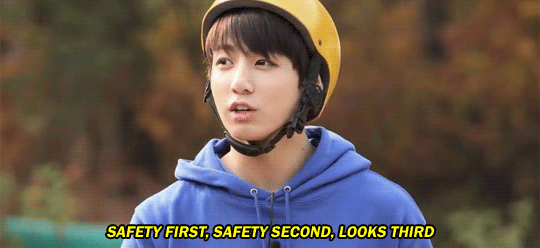
Awareness is the most important thing.
Make sure you’re aware of basic shooting safety practices and don’t get complacent about following them.
While at the range, keep an eye out for unsafe practices around you.
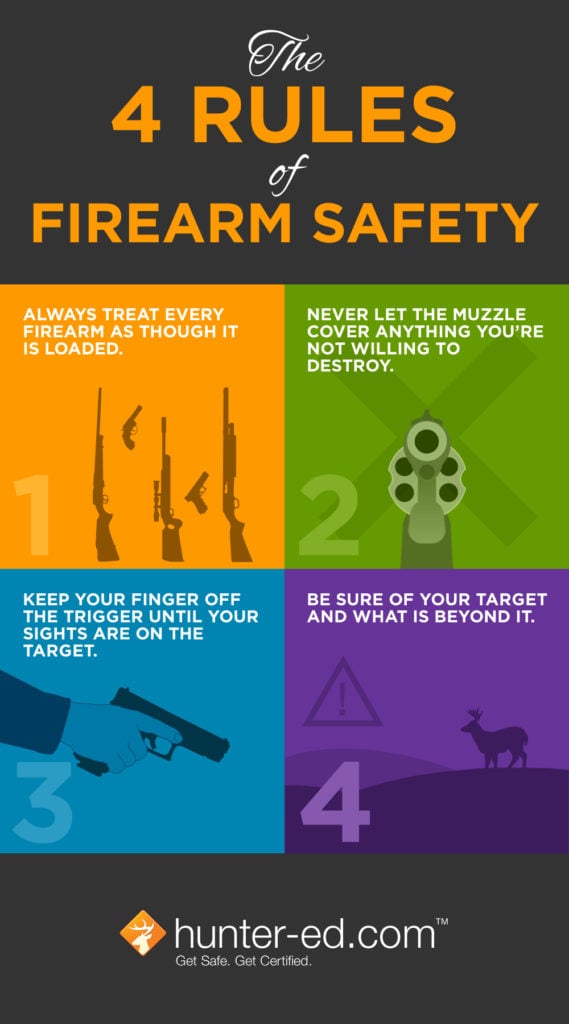
Treat all firearms as loaded and never point a muzzle towards anything you’re not okay with putting a bullet through.
Keep your gear well-maintained and check over it before shooting.
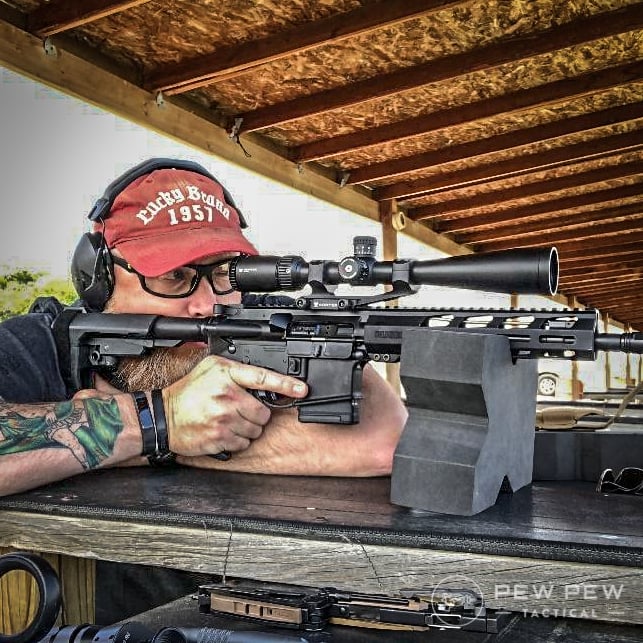
If your gun malfunctions at the range, keep it pointed in a safe direction and ask for help! Do not attempt to clear a malfunction on your own if you are unsure how to do it safely.
It’s much better to ask for help than to get yourself or others hurt.
You can safely practice clearing malfunctions with dummy ammo to get the hang of it before you tackle it with a live round.
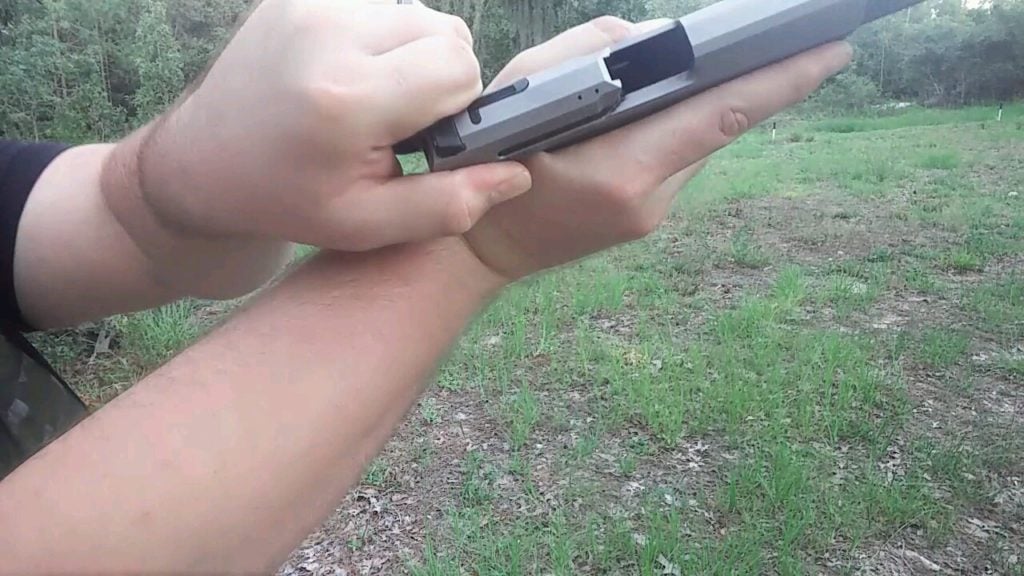
Wear adequate protection. Pants and long sleeves work to keep the sun and hot brass off of you. But you also want to make sure you’re wearing eye and ear protection.
Also…sunscreen, if you’re shooting outdoors.
Keep a first aid kit in your range bag.
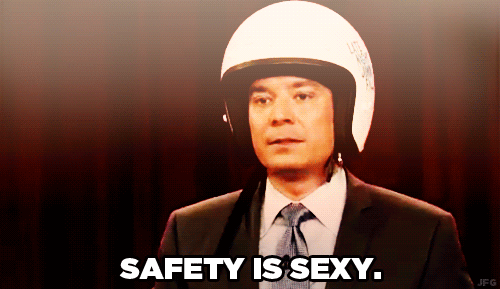
Check it regularly to make sure none of the contents have expired and you aren’t running low on anything important.
If you’re not sure what you should have in your first aid kit, check out our buyer’s guide and content list, and for more info on first aid, head on over to our guide to med kits.
Prices accurate at time of writing
Prices accurate at time of writing
-
25% off all OAKLEY products - OAKLEY25
Copied! Visit Merchant
Conclusion
From slide bites and sunburns to gunshot and shrapnel wounds, basic first aid skills keep everyone safe at the range. Knowing what to do and having the supplies on hand to do it will ensure a bad range day doesn’t turn into a terrible one.
We highly recommend investing time and money into first aid and CPR training so you know how to respond to emergencies.
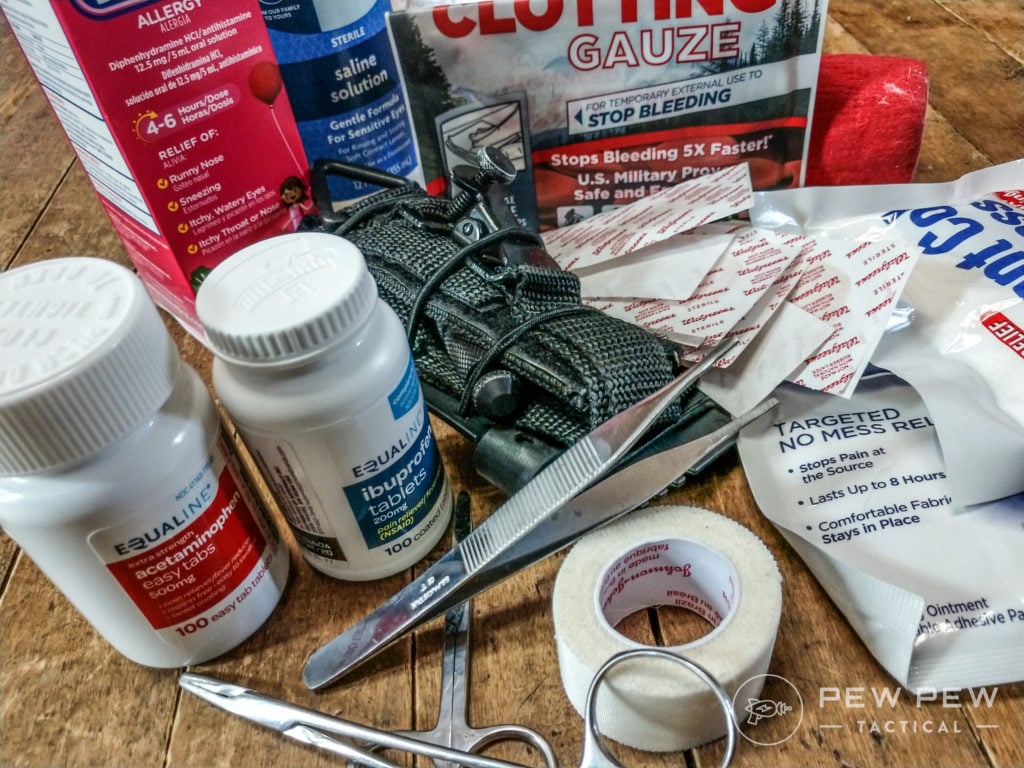
Hopefully, you’ll never experience anything worse than a little sunburn, but if you do…now you should know how to handle it!
What are your go-to first-aid supplies for your range bag? Any range injury stories to share? We want to hear from you in the comments! Also, check out why we think Med Kits Are the Most Important Things to Have on the Range and which First Aid Classes are worth your time.

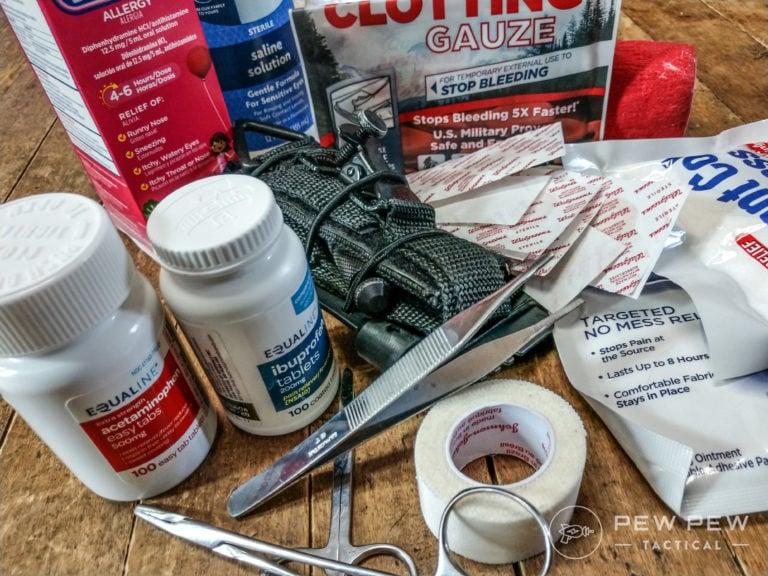













2 Leave a Reply
It should be noted if they’re not breathing, to not always immediately begin CPR. Check pulse, check breathing, then treat. It’s possible for someone to have a pulse and not be breathing, where chest compressions would not be helping them. In a situation like that, you would need to perform rescue breathing instead while monitoring pulse.
Sunburn 101. I have received a 2nd to 3rd degree sunburn. Blisteres were over 3inches classification of 3rd degree. NEVER use lotion traps the heat. Pure aloe is the answer next is a clean towel with cold water to keep on area day and night. Once the towel becomes the template of your burn remove it will dry out and you will cry. Thc helped me along with ibuprofen. Hope it never happens to my worst enemy good luck. Ps loved the article.